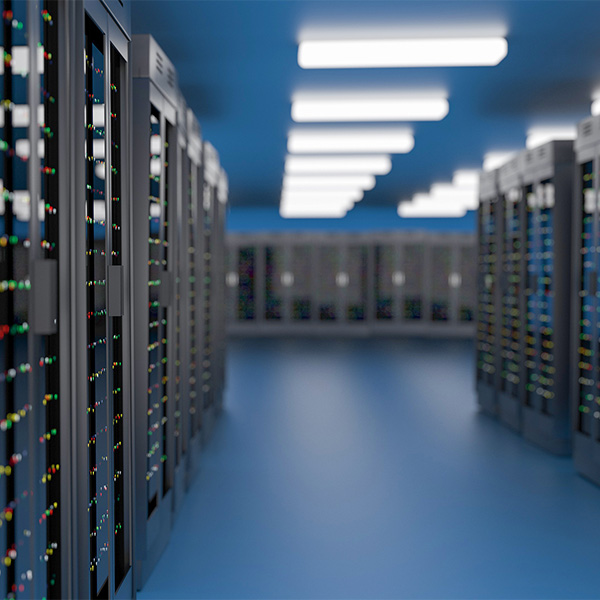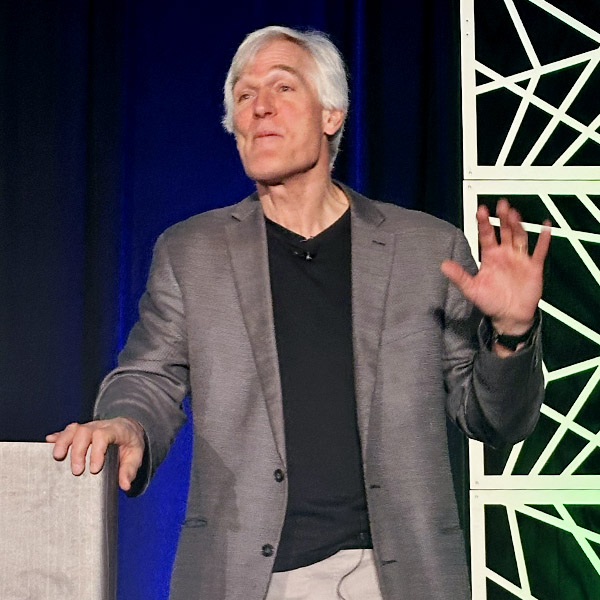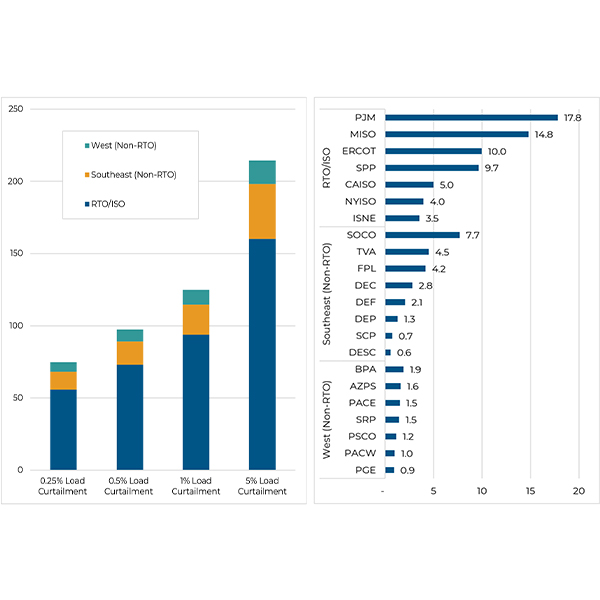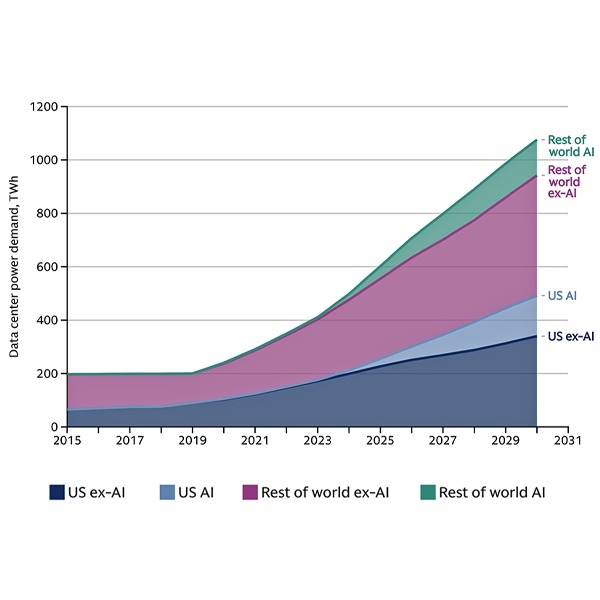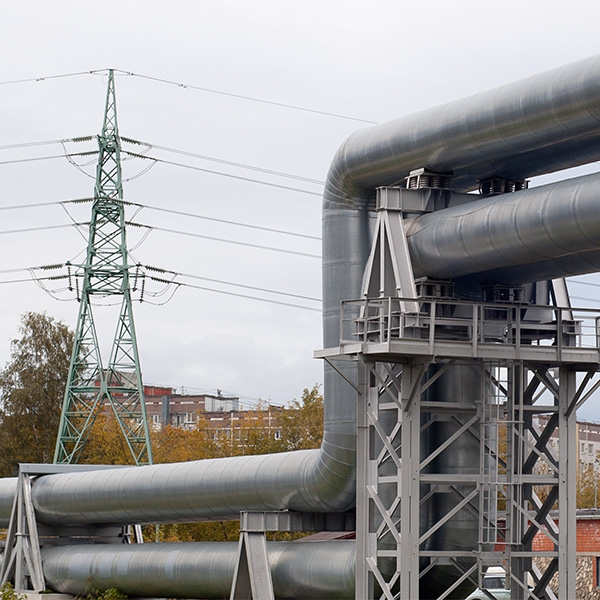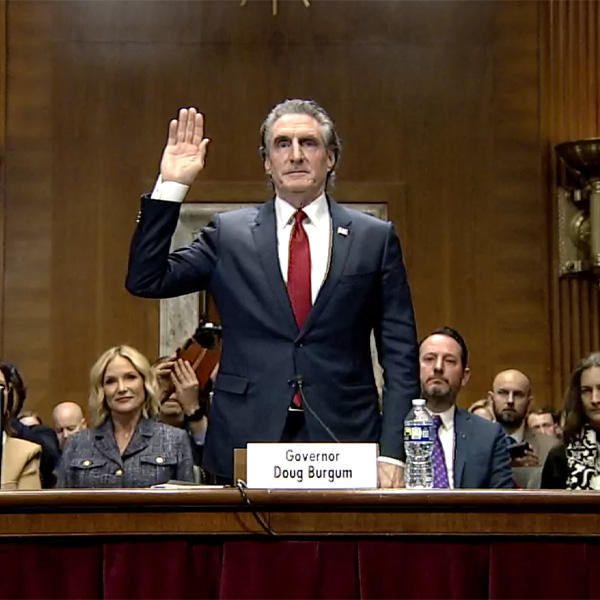artificial intelligence (AI)
PJM and Alphabet on April 10 announced a partnership to develop a suite of new tools using artificial intelligence to speed the RTO’s generation interconnection process.
CERAWeek 2025 by S&P Global examined the changing energy landscape through 14 themes, from policy and regulation to climate and sustainability, but none seemed to draw more focus than the rapid expansion of AI and is potential transformative effects.
Prospects of load growth driven by electrification and artificial intelligence have buoyed utility stocks in recent months, but attendees at Yes Energy’s annual summit questioned how much of the load will materialize and warned of the potential for stranded assets.
Speakers at an event promoting the use of geothermal energy discussed the technology's potential future.
A new study from Duke University says the existing power system could handle much of the demand growth expected in the coming years with no additional generation if artificial intelligence data centers can be persuaded to cut their energy use by as little as 1% during times of peak demand.
Participants at the United States Energy Association’s 2025 State of the Energy Industry Forum discussed topics such as demand growth, nuclear fusion and energy efficiency.
President Donald Trump presented the World Economic Forum with his desire to power the U.S. AI revolution: behind-the-meter generation co-located with data centers and built rapidly under his National Energy Emergency executive order.
President Trump's executive orders on energy are not enough on their own for the industry to meet the rising demand for AI and data centers, and experts say another attempt at permitting reform is needed.
The 2,600 GW of wind, solar and storage sitting in interconnection queues across the U.S. represent a major imbalance in energy resources that could lead to brownouts or blackouts, former North Dakota Gov. Doug Burgum (R) said during his Senate confirmation hearing.
The data center dilemma centers first on a familiar mismatch of timescales. Utilities and their regulators tend to plan based on the small, incremental demand growth. But development and the power demand it generates move at ever-increasing digital speed.
Want more? Advanced Search
